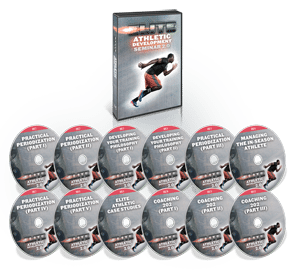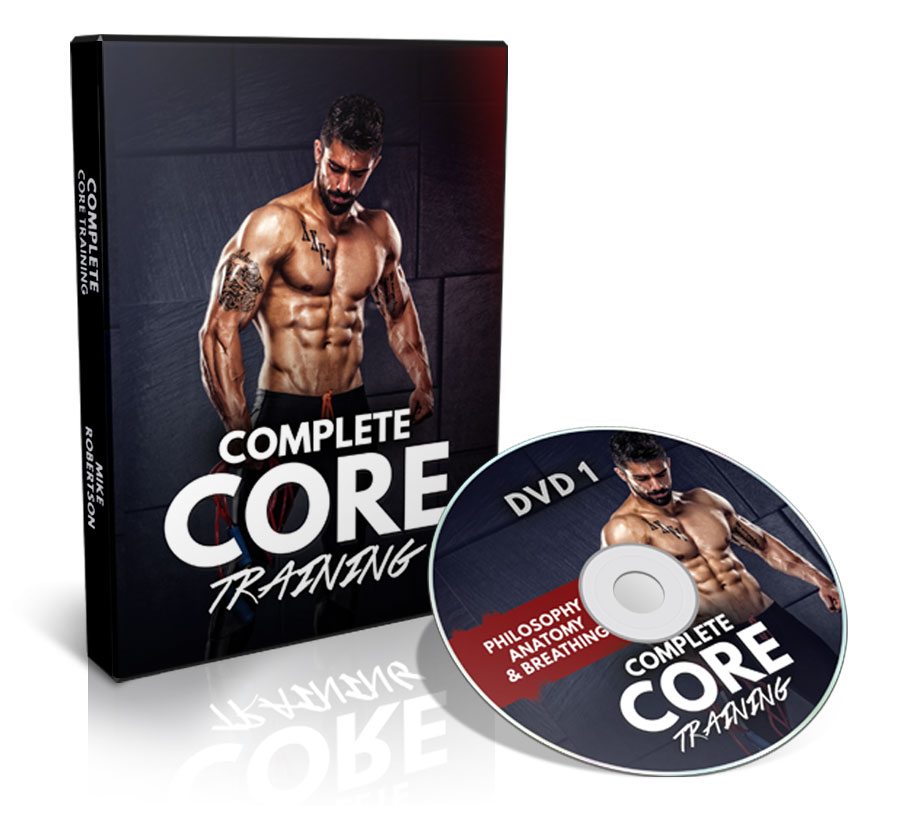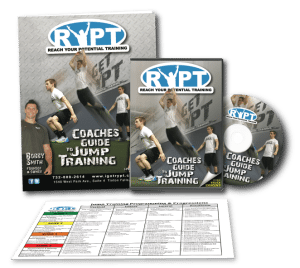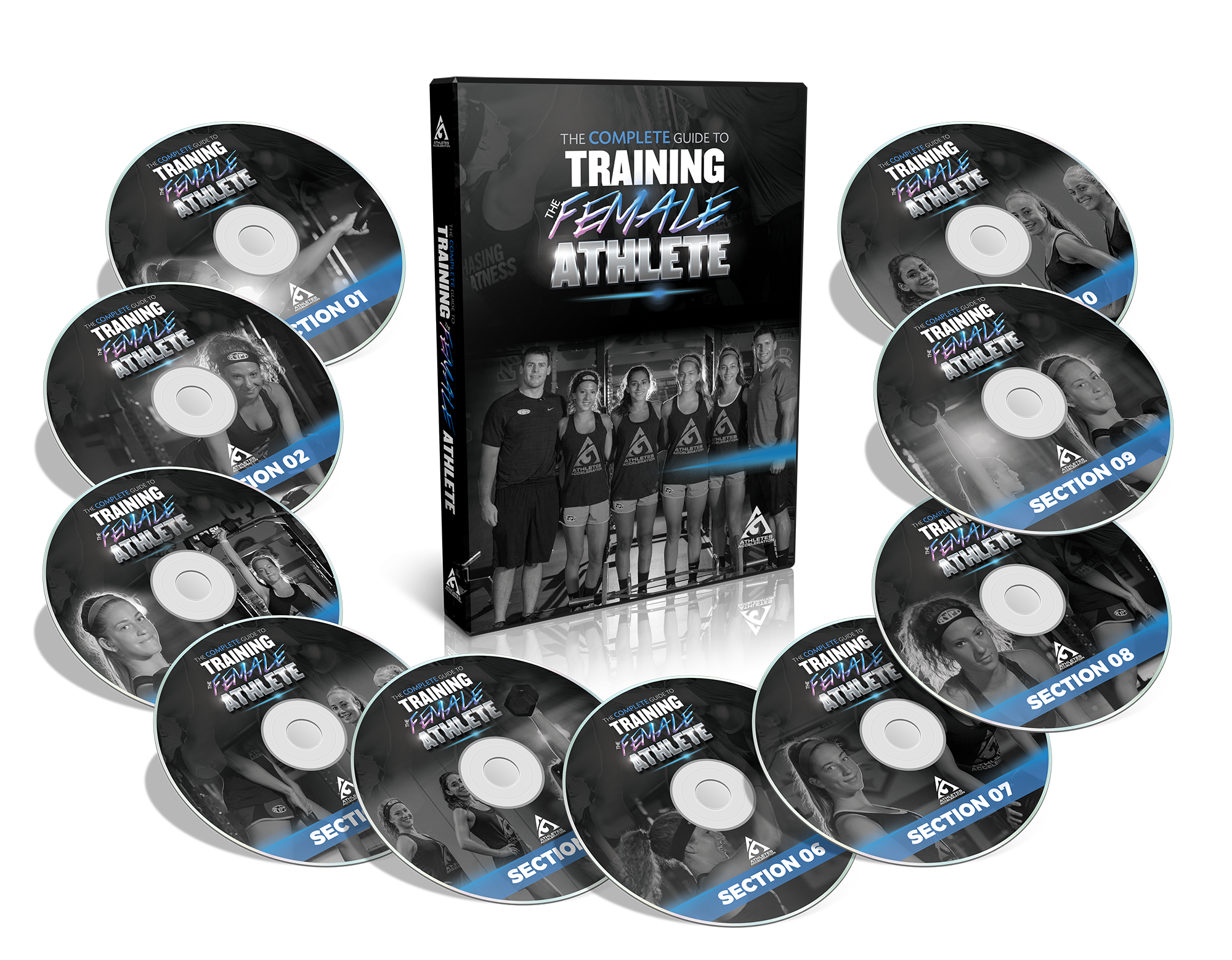Cash, Eric 12-6-13
Importance of Athletic Position with Jumping and Landing
Eric Cash, MS, SCCC
Head Strength and Conditioning Coach, Dorman High School
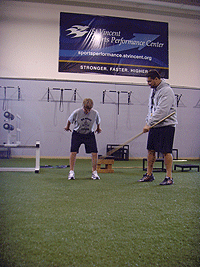
In my last article, I discussed the importance of Block Zero and the athletic position as the starting point to build a solid foundation. Mastery of the athletic position allows an athlete to understand the concepts of weight distribution/weight transference and force application/force absorption. These concepts are the foundation to proper jumping and landing mechanics, as well the prevention of injuries.
Valgus Knee
A topic that should be addressed early in this article is valgus knee. Often in young athletes, untrained athletes, or female athletes, jumping and landing exposes valgus knees. A valgus knee is when the knee caves inward toward the midline and is no longer in line with the toes. Valgus knees are especially prevalent in female athletes due to anatomical structure—wider hips. Some research indicates that valgus knees predispose athletes to ACL injuries. Valgus knees can also have an impact on force production.
Jumping and Landing
In most sports, the ability to jump and change direction is important. For an athlete to attain the most from jumping and landing, proper mechanics must be taught and reinforced. Teaching an athlete consists of three steps:
1) Power Down
2) Push Heel to Toe (mid-foot)
3) Land Toe (mid-foot) to Heel
Power Down
When teaching an athlete to power down, they are powering down into the athletic position—hips back, chest and shoulder over knees, knees in line with toes, weight on heels, great posture, and arms back. When powering down we are teaching an athlete to put force in the ground so the athlete can get force out of the ground. I usually use my “old” 9th grade physical example:
If you drop two basketballs, one at standing height and the other from a roof top, which will bounce higher? Force in = Force out.
For an athlete to acquire the most force possible out of the ground, force should travel straight downward into the ground through the heel. Valgus knees prevent force from traveling straight downward. By teaching the athletic position early in Block Zero and revisiting the concepts behind athletic position, we can eliminate valgus knee during the power down phase of jumping.
Push Heel to Toe
Jumping is the simple concept of weight transference from heel to toe—force application. When transferring weight from heel to toe, we teach the athlete to “push” from heel to toe. When pushing, we are applying force into the ground to receive more force out of the ground, in turn jumping higher.
Another point of emphasis when pushing heel to toe is to distribute weight evenly from heel to toe without a weight shift inward to the instep. By distributing weight from heel to toe, we are tracking the knees in line with toes and preventing valgus knees.
Land Toe (mid foot) to Heel
To land a jump properly, an athlete must be able to absorb force. In Block Zero, athletes learn to land toe to heel and land in the athletic position. Teaching an athlete to land toe (mid foot) to heel allows for proper force absorption. By placing an emphasis on landing Toe to Heel, we are also keeping knees in line with toes; and over time hoping to correct valgus knee and prevent injuries.
Force absorption—cutting, landing, etc.—is one area when knee injuries can occur. Teaching an athlete to land properly allows for even weight distribution from toe to heel keeping weight off the instep and knees in line with toes. Again, the focus is to prevent and correct valgus knees over time by placing an emphasis on keeping weight off the instep as an athlete lands.
Pre-requisite to Strength Training
Early in Block Zero there is not only a focus on the athletic position as the foundation of jumping and landing, but also the starting point for activating the posterior chain. In ground based sport, all athletes have the desire to be more explosive, run faster, and jump higher. When placed in proper athletic position, an athlete activates the upper back all the way through the hamstrings. While not all sport requires the ability to jump and land through both feet, ground based sport athletes benefit from properly developed hamstrings. When progressing into strength training, the athletic position lays the foundation to properly develop the posterior chain.


